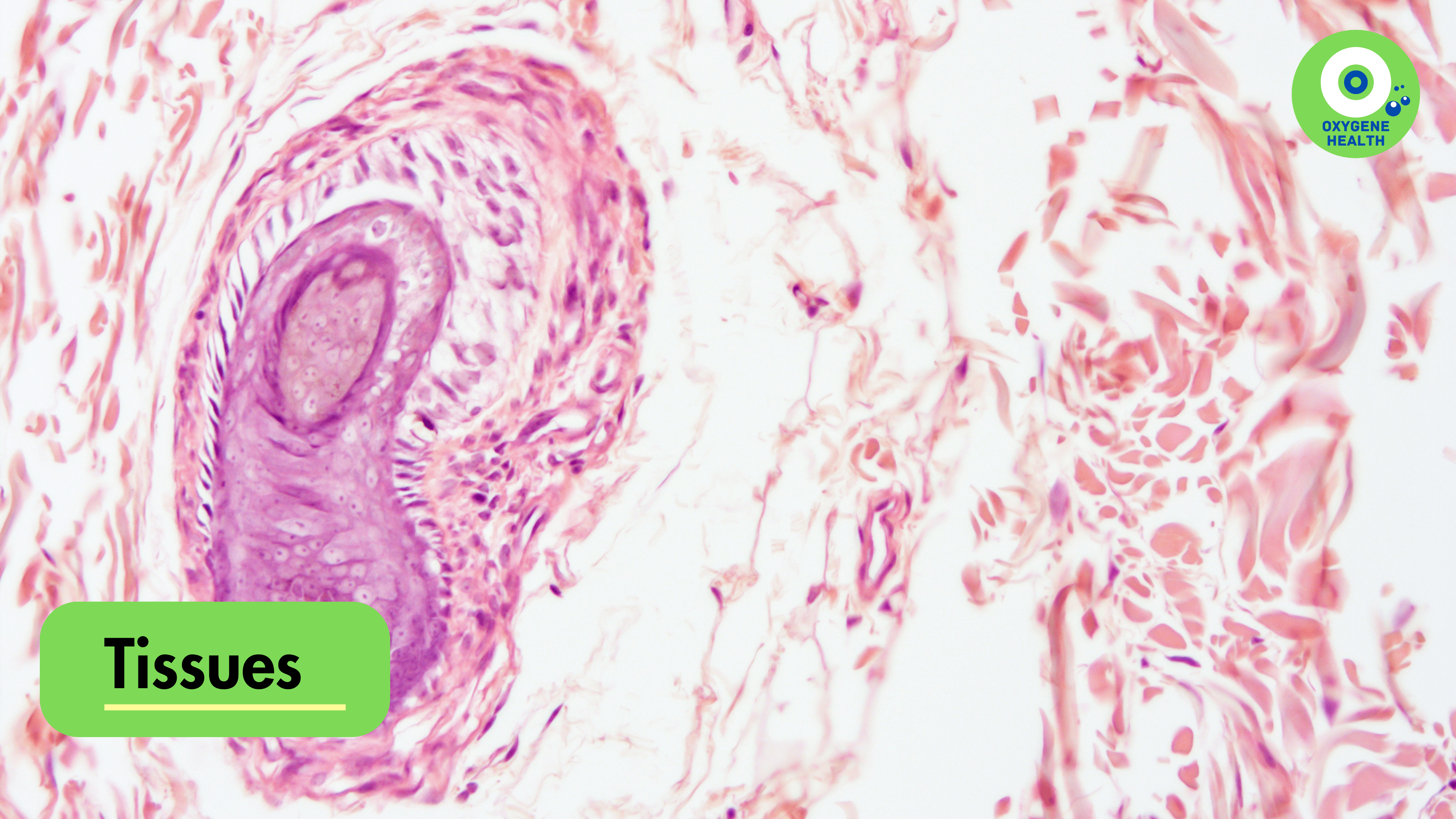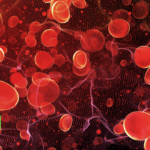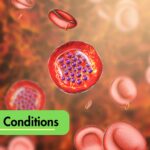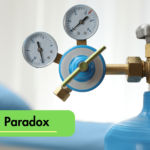Introduction:
Tissues, the building blocks of the human body, are susceptible to a myriad of medical conditions that can compromise their structure and function. From Bell’s Palsy to gas gangrene and acute thermal burn injuries, these ailments inflict pain and impair tissue integrity, posing significant challenges to patients’ well-being. However, amidst these challenges emerges a beacon of hope: oxygen therapy. In this blog, we delve into the remarkable efficacy of oxygen therapy in resolving several critical medical conditions affecting tissues, including neurological disorders, traumatic injuries, and wound healing.
Bell’s Palsy:
Bell’s Palsy, a neurological condition characterized by sudden facial paralysis, presents a perplexing challenge in clinical practice. Oxygen therapy emerges as a promising therapeutic intervention for Bell’s Palsy, offering neuroprotective and anti-inflammatory benefits. By enhancing tissue oxygenation, oxygen therapy mitigates ischemic injury, reduces inflammation of the facial nerve, and promotes neural regeneration, thereby accelerating recovery and restoring facial function in Bell’s Palsy patients.
Cerebral Palsy:
Cerebral Palsy, a group of neurological disorders affecting movement and posture, poses profound challenges in management due to its complex etiology and diverse clinical manifestations. Oxygen therapy holds promise as a supportive therapy for cerebral palsy patients, fostering neuroplasticity and functional recovery. The enriched oxygen levels delivered through oxygen therapy enhance cerebral perfusion, mitigate hypoxic-ischemic injury, and stimulate neurogenesis, thereby improving motor function and enhancing quality of life in cerebral palsy patients.
Gas Gangrene:
Gas gangrene, a life-threatening bacterial infection characterized by rapid tissue destruction and gas production, demands prompt intervention to prevent systemic spread and preserve limb viability. Oxygen therapy serves as a cornerstone of treatment for gas gangrene, exerting potent bactericidal effects and promoting tissue oxygenation. By creating an aerobic environment hostile to anaerobic bacteria, oxygen therapy inhibits bacterial growth, enhances antibiotic efficacy, and fosters tissue healing, thereby salvaging limbs and preventing morbidity and mortality in gas gangrene patients.
Compartment Syndrome:
Compartment syndrome, a potentially limb-threatening condition characterized by increased pressure within muscle compartments, necessitates urgent decompression to prevent tissue ischemia and irreversible damage. Oxygen therapy emerges as a valuable adjunctive treatment for compartment syndrome, augmenting tissue oxygenation and mitigating ischemic injury. By improving microvascular perfusion and reducing tissue edema, oxygen therapy alleviates compartmental pressure, promotes tissue viability, and facilitates surgical intervention, thereby optimizing outcomes in compartment syndrome patients.
Recovery from Surgery:
The postoperative period is fraught with challenges, including pain, inflammation, and impaired wound healing, which can prolong recovery and compromise surgical outcomes. Oxygen therapy offers a multifaceted approach to enhance postoperative recovery, facilitating tissue repair and mitigating complications. By promoting oxygen delivery to surgical sites, oxygen therapy accelerates wound healing, reduces inflammation, and alleviates pain, thereby expediting recovery and promoting optimal surgical outcomes.
Sports Performance Improvement:
Athletes striving for peak performance often seek strategies to optimize their physiological capacity and enhance endurance. Oxygen therapy emerges as a promising modality for sports performance improvement, augmenting oxygen delivery to tissues and mitigating fatigue. By increasing tissue oxygenation and delaying the onset of anaerobic metabolism, oxygen therapy enhances endurance, improves exercise tolerance, and accelerates recovery, thereby empowering athletes to achieve their performance goals.
Acute Thermal Burn Injury:
Acute thermal burn injuries inflict devastating damage to skin and underlying tissues, necessitating comprehensive management to mitigate pain, prevent infection, and promote wound healing. Oxygen therapy plays a pivotal role in the treatment of acute thermal burn injuries, exerting anti-inflammatory, antimicrobial, and wound-healing effects. By enhancing tissue oxygenation, oxygen therapy attenuates ischemia-reperfusion injury, reduces inflammatory cytokine production, and promotes collagen synthesis, thereby facilitating wound closure and minimizing scar formation in burn injury patients.
Necrotizing Soft Tissue Infection:
Necrotizing soft tissue infections, characterized by rapid and extensive tissue necrosis, pose a grave threat to patient survival, necessitating aggressive surgical debridement and antimicrobial therapy. Oxygen therapy complements conventional treatments for necrotizing soft tissue infections, inhibiting bacterial growth and promoting tissue oxygenation. By creating an oxygen-rich environment inhospitable to anaerobic bacteria, oxygen therapy facilitates wound healing, reduces tissue loss, and mitigates the risk of systemic spread, thereby improving outcomes in patients with necrotizing soft tissue infections.
Idiopathic Sudden Sensorineural Hearing Loss:
Idiopathic sudden sensorineural hearing loss, a perplexing condition characterized by sudden and unexplained hearing loss, presents diagnostic and therapeutic challenges in clinical practice. Oxygen therapy emerges as a novel treatment modality for idiopathic sudden sensorineural hearing loss, offering neuroprotective and vasodilatory effects. By enhancing cochlear microcirculation and promoting neurogenesis, oxygen therapy improves auditory function and enhances hearing recovery, thereby offering renewed hope to patients grappling with this debilitating condition.
Sports Activity Recovery:
Recovery from intense physical activity is crucial for athletes to maintain peak performance and prevent injury. Oxygen therapy facilitates sports activity recovery by accelerating muscle repair, reducing inflammation, and mitigating oxidative stress. The enriched oxygen levels delivered through oxygen therapy enhance tissue oxygenation, promote lactate clearance, and expedite muscle regeneration, thereby shortening recovery time and optimizing athletic performance.
Traumatic Ischemias:
Traumatic ischemias, resulting from vascular injury or compression, jeopardize tissue viability and necessitate prompt intervention to prevent irreversible damage. Oxygen therapy serves as a valuable adjunctive treatment for traumatic ischemias, augmenting tissue oxygenation and mitigating ischemic injury. By improving oxygen delivery to ischemic tissues, oxygen therapy promotes cellular metabolism, reduces oxidative stress, and fosters tissue repair, thereby salvaging ischemic limbs and enhancing functional outcomes in trauma patients.
Conclusion:
Oxygen therapy represents a versatile and efficacious therapeutic modality for various medical conditions affecting tissues, ranging from neurological disorders to traumatic injuries and wound healing. By enhancing tissue oxygenation, mitigating inflammation, and promoting tissue repair, oxygen therapy offers renewed hope and improved outcomes for patients grappling with tissue-related ailments. As research continues to unveil the multifaceted benefits of oxygen therapy, its role in tissue health and disease management is poised to expand, offering new avenues for healing and restoration.

